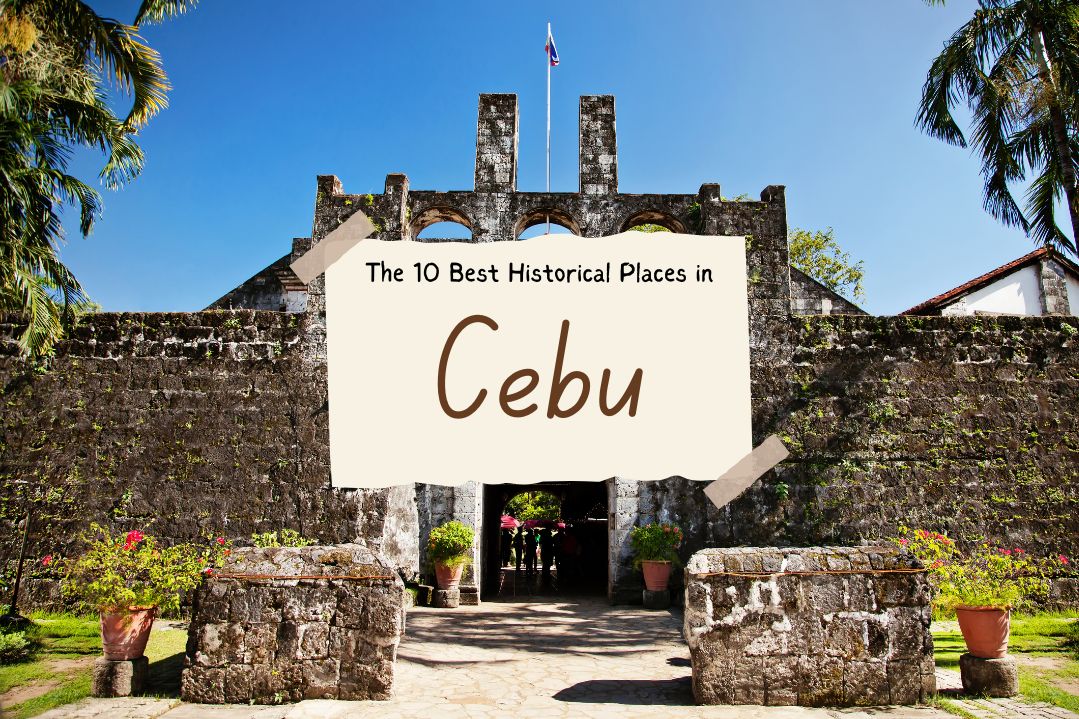Below is a guide to the best historical places in Cebu, The Philippines most historically significant city.
Cebu is a 500 year old city whose history is defined by ‘firsts’. First contact with Europeans, first Spanish settlement, first church, first fort, and so on.
If you’re a history buff and you’re in Cebu, you’re in for a real treat because much of this rich history is still breathing through the many old churches, houses, monuments and museums that can all be easily found in downtown Cebu.
If you want to know where you can find the best and most interesting historical places in Cebu, then you need look no further than this list. Through personal experience I can tell you that these are the absolute 10 best historical places in Cebu
Table of Contents
A Brief History of Cebu
Before the Spanish, or any European, reached the Philippines, the site of Cebu City was a part of the Rajahnate of Cebu, a small Islamic kingdom ruled by a prince of the Chola dynasty in Southern India. According to local oral legend the prince was sent here from India to establish a military outpost, but then rebelled and carved out a kingdom for himself.
The site of today’s city was a flourishing centre of commerce and saw traders from places such as China, Malaysia and Japan, trading all manner of things.
The Rajah’ son and then grandson ruled over this kingdom until 1521 when Fernindand Megellan and his fleet arrived, after having sailed around South America and across the Pacific Ocean. The Raja made an alliance with Megellan and even agreed to convert to Catholicism (and change his name to Carlos). They fought side by side against a neighbouring chieftain, where Magellan was killed in battle, never reaching his goal of circumnavigating the globe.
The Raja of Cebu, apparently aware of the coming Spanish conquest, attempted to poison Magellan’s crew, and so they boarded their ships and continued their journey back to Spain. 43 years later the Spanish returned with 4 ships, ready to set up a colony. The new Raja (cousin of the former), hearing about the Spanish return, evacuated his people. The Spanish arrived already considering the island as theirs and the locals as their rebellious subjects. They already began taking control of the Cebu before the Raja appeared at their camp and surrendered it to them formally.
And so the Philippines, island by island, fell to the Spanish over the next few years as more and more ships arrived. Cebu City, starting with just 80 colonists and some Spanish soldiers, became the capital of the new colony until 1595 when the Spanish decided Manila would make a better location to rule from.
That about summaries the city’s most renowned and historically significant period. It’s not fair to say the rest of its history isn’t interesting, but not worth going into detail for a post like this.
So without further ado, let’s get into the 10 best historical places in Cebu.
The 10 Best Historical Places in Cebu
1 | Fort San Pedro
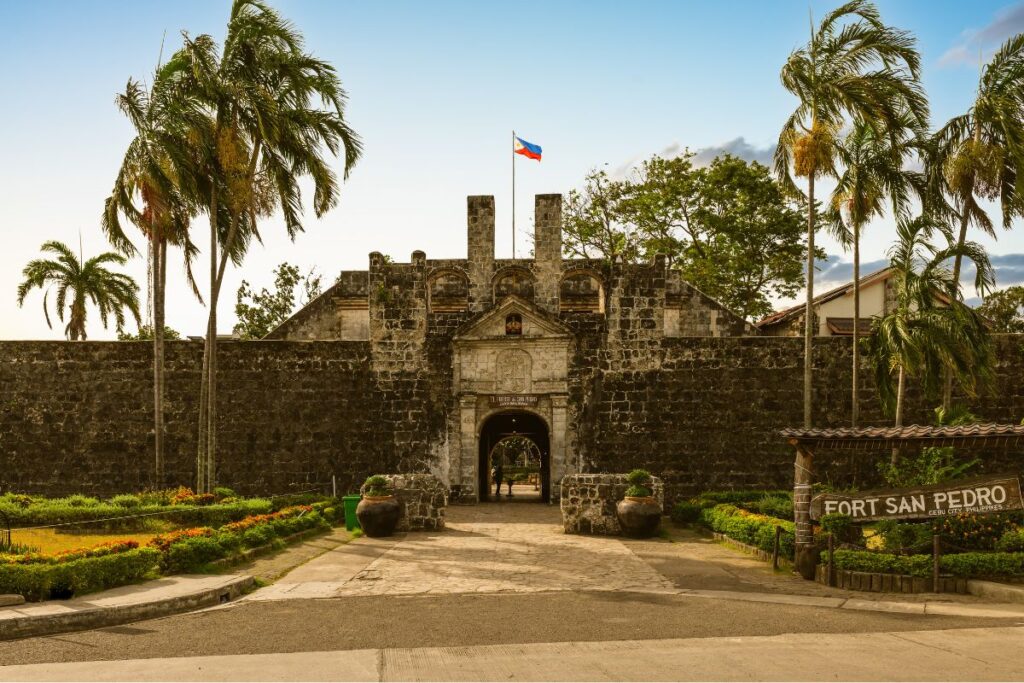
If you’re a history buff in Cebu City, there’s no better place to start than Fort San Pedro.
In 1565 the Spanish returned to Cebu, having learned of it from the remainder of Magellan’s crew that made it back to Spain. The fleet of 4 ships set out from Mexico with the intention of claiming the Philippines as a Spanish Colony and when they arrived one of the first things they built was the San Pedro Fort.
The original fort was made of wood and was used to fend off the local kingdoms and the raiding muslim pirates who often sailed these straits. The stone structure you see today was built sometime in the 17th century, possibly 1630, although there’s some dispute over this. Regardless, it’s centuries old and a real treat to visit.
It’s a classic Spanish colonial fort, triangular in shape with 3 bastions on the corners and a few buildings within the walls. Inside these buildings there are a surprising amount of Spanish colonial artefacts, mostly paintings, sculptures, documents and even some old photos.
Thanks to its size, preservation and historical significance, Fort San Pedro is undoubtedly the best historical site in Cebu.
There’s a cheap entrance fee to get in, and you’ll probably want about an hour to explore the fort, depending on your pace.
2 | Magellan’s Cross
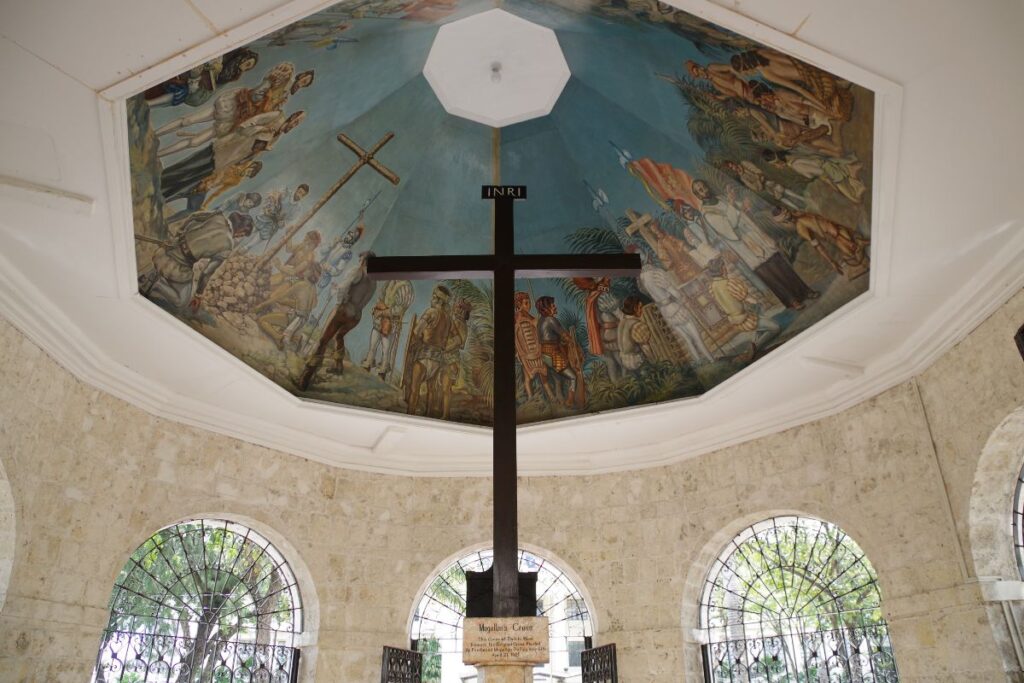
When Magellan and his crew set foot on Cebu Island in 1521 after their journey across the Pacific Ocean, they planted a wooden cross in the ground to signify the arrival of Christianity to the island.
That cross is now found within this pavilion, commemorating the historic moment.
Now if you’re wondering how a wooden cross could have survived intact for over 500 years you wouldn’t be the first. Some believe the cross in this Pavilion is a replica built in the 1800s, while the government claims it was encased inside another wooden cross to prevent people from chipping away at it, believing it had miraculous powers.
Whichever story you choose to believe, this is an important historic site and worth a visit, not just for the cross but also for the beautiful mural on the roof which depicts the Spanish arrival and the baptism of the local Rajah.
The Pavilion is located right next to the Basilica del Santo Nino and the two sites can be visited together.
3 | Cebu Heritage Monument
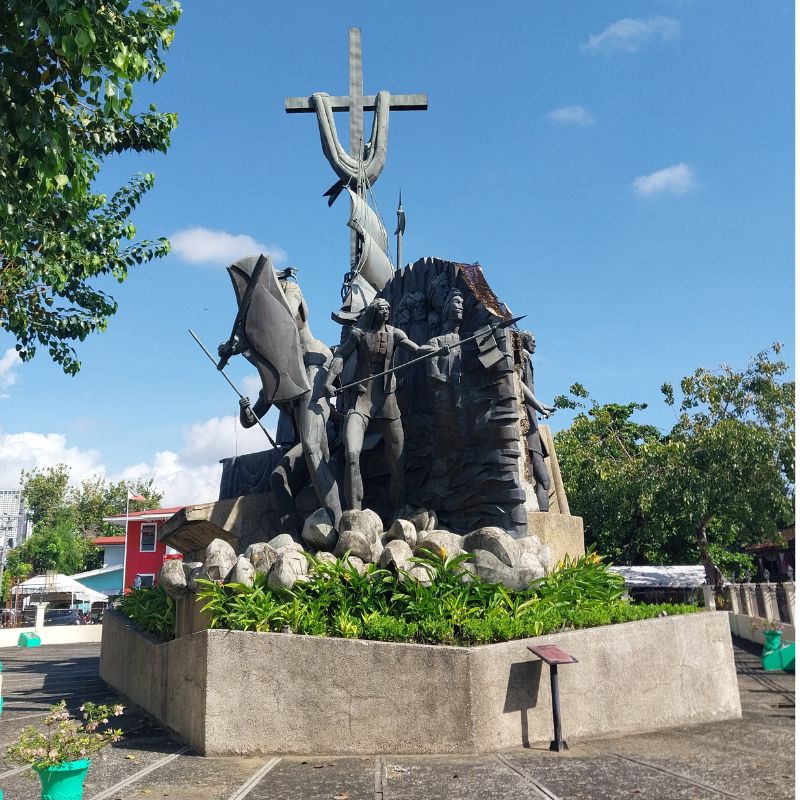
Monuments are usually a singular structure with a plaque that tells you what they’re for, but not this one. The Cebu Heritage Monument feels alive and tells a story.
The monument contains statues, essentially miniatures, that depict all the most important events in Cebu’s history from the Spanish arrival all the way up until independence. As you walk around the monument, you’re watching Filipino history unfold. Sort of like a speedrun of the city’s history.
Sure, the monument itself isn’t that old, but its impressive depiction summarising the city’s history makes it one of the best historical places in Cebu. Take your time walking around the monument and interpreting the many stories its trying to tell about Cebu’s past.
The monument is located right next to the Yap-Sandiego Ancestral House and the Jesuit Museum, and just around the corner from the Casa Gorordo Museum, so it’s recommended that you set out to visit all these places together.
4 | Yap-Sandiego Ancestral House
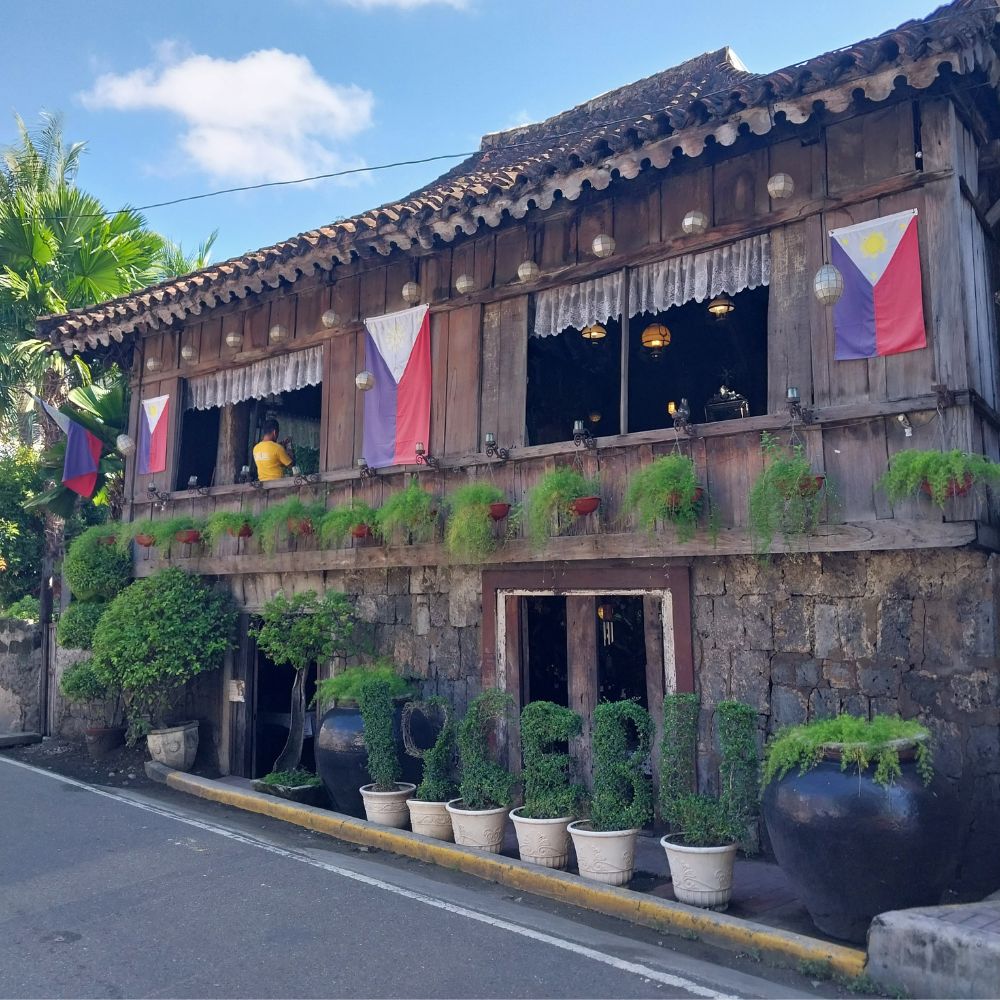
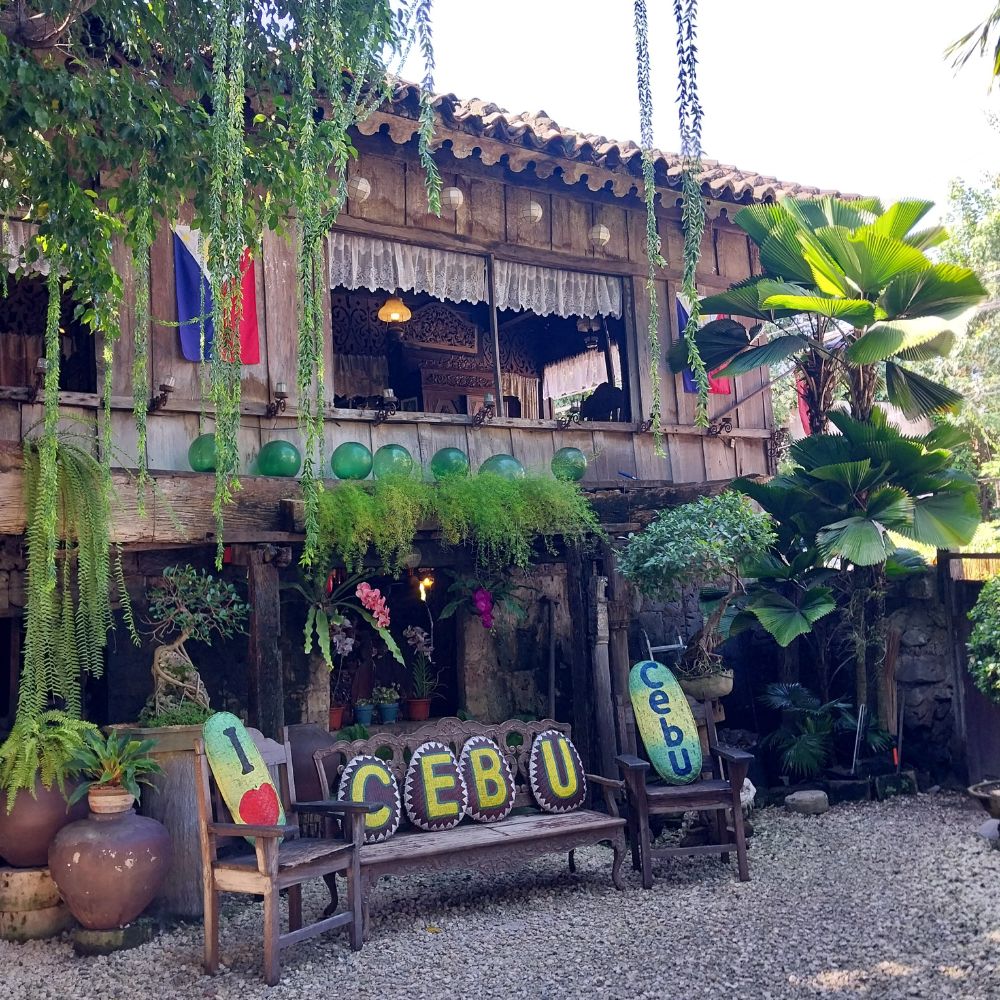
The Yap-Sandiego Ancestral House is a living museum, meaning it has been retreated exactly as it would have looked centuries ago, allowing you to walk through it and get a sense of what life was like at the time.
Unlike some living museums, this isn’t just a recreation of a house from that era, this is in fact the original house built in 1675 and considering its age it is very well maintained for a mostly wooden structure. It is almost undoubtedly the oldest residential building in the city.
It was built by a family of wealthy Chinese merchants, who passed the home onto their children, and it continued down the generations until it was eventually turned into a museum.
The house is absolutely full, almost cluttered, with old furniture, paintings, religious artefacts and all kinds of other things you’d expect to find in a colonial home. The furniture in the house is assumedly not as old as the building itself, but a lot of it likely dates back almost 2 centuries.
If you’re looking to visit the best historical places in Cebu, you must stop by Yap-Sandiego Ancestral House.
After paying the small entrance fee, you’ll probably need about 30-60 min to explore this charming old home, depending on how much time you want to spend perusing through all the interesting things inside.
5 | Museo Sugbo
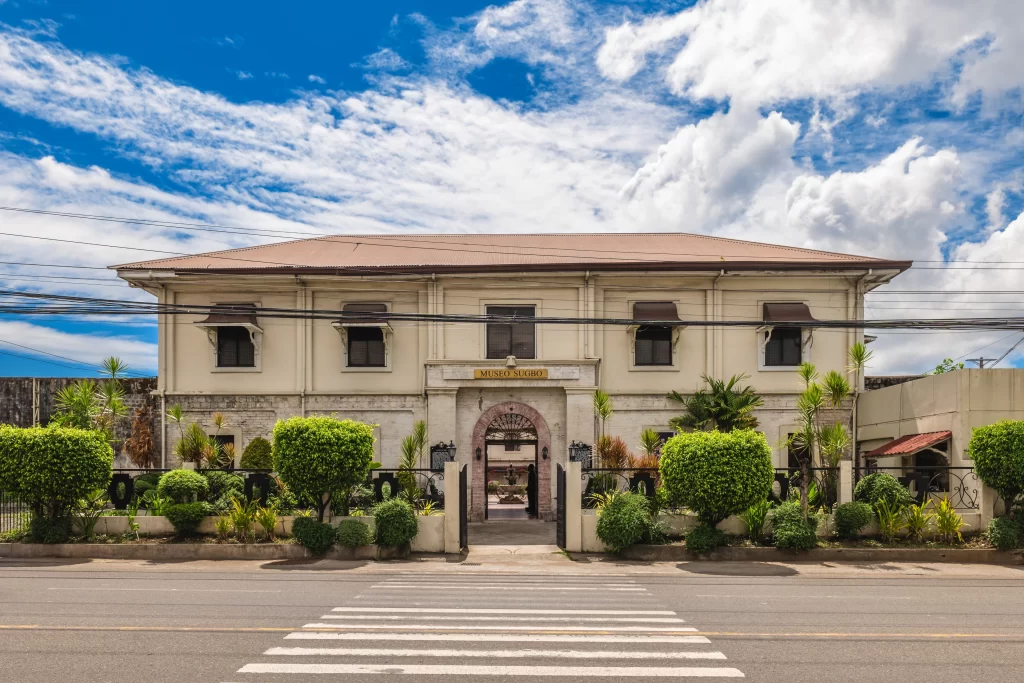
Located within a former prison is the Museo Sugbo (Sugbo being the pre-colonial name for Cebu), also just called the Provincial Museum.
The prison was built in 1871 during the Spanish era and served as the main prison in this region of the Philippines (Visayas). In addition to your standard criminal, it also held a lot of revolutionaries, many of them incarcerated without trial.
It would continue to be used after the American took control, then by the Japanese to hold locals who fought against them, then continued as a standard prison after the war, all the way up until 2004.
Now, as a museum, the inside of the prison has been turned into galleries, each displaying a different time in the city’s history, from pre-colonial, through the Spanish and American eras, all the way up until independence.
It has a fairly impressive collection of artefacts and is one of the best ways to learn about the history of Cebu.
6 | Santo Nino Basilica
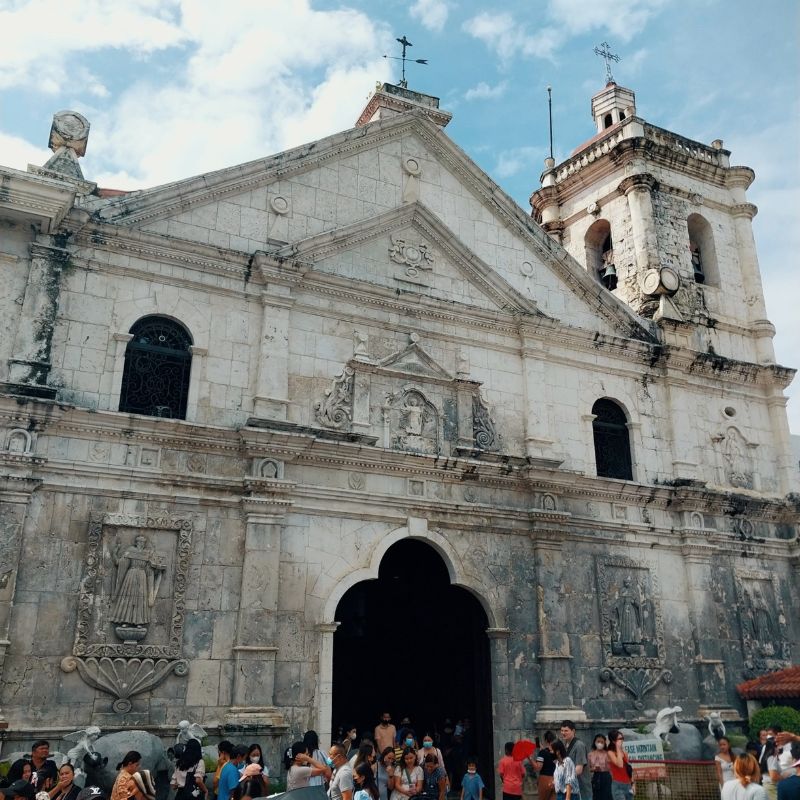
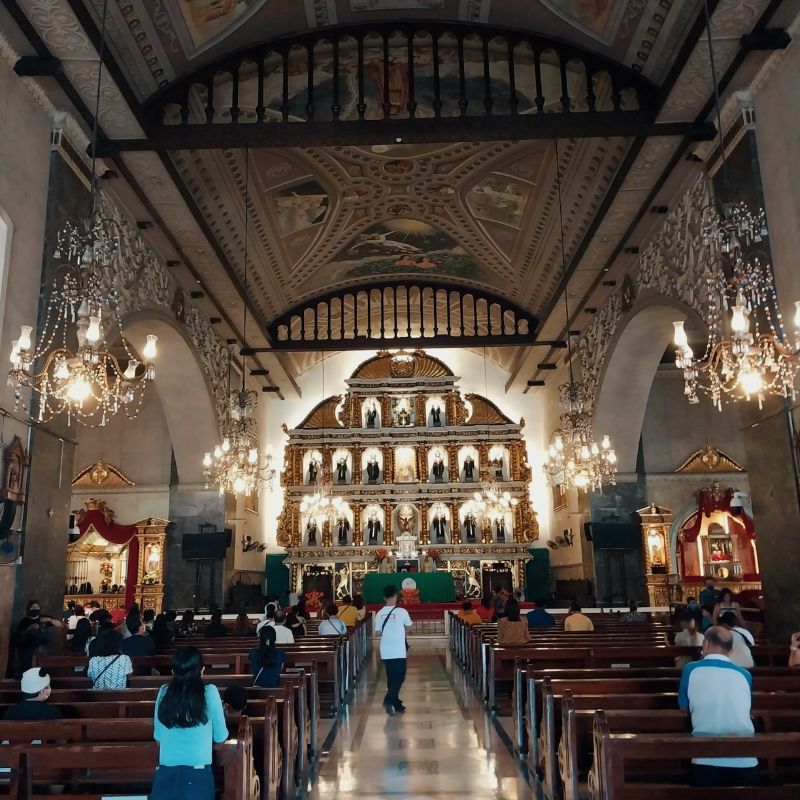
The Minor Basilica of the Holy Child, as it is officially called, is the oldest church in the Philippines and one of the most important buildings in the city.
The story goes that back in 1565, when Magellan and his crew first arrived in the Philippines, they made an alliance with the local ruler, Rajah Humabon, and convinced him to convert to Catholicism. Magellan gifted the Rajah a wooden statue of a child Jesus when he was baptised, and soon later Magellan’s crew left for Spain.
40 years later the Spanish returned and, after burning down a local village, found the child Jesus statue in a wooden box. Considering it a holy sign, the Spanish chose this site to build their new settlement, founding what is now Cebu City.
This basilica was one of the first things they built, making it the oldest church in the country. The original structure was made of wood, and was burned down and rebuilt more than once in its first few decades. The magnificent structure you see today was built in 1740.
Santo Nino Basilica really feels like the heart of the city, especially on Sundays when local worshippers and pilgrims alike flock to the church en masse, with the government even closing down the street.
Aside from admiring the beautiful interior of Basilica, you can also learn more about the religious history of Cebu at the Santo Nino Museum, which is found next door underneath the Pilgrim Centre.
7 | Casa Gorordo Museum
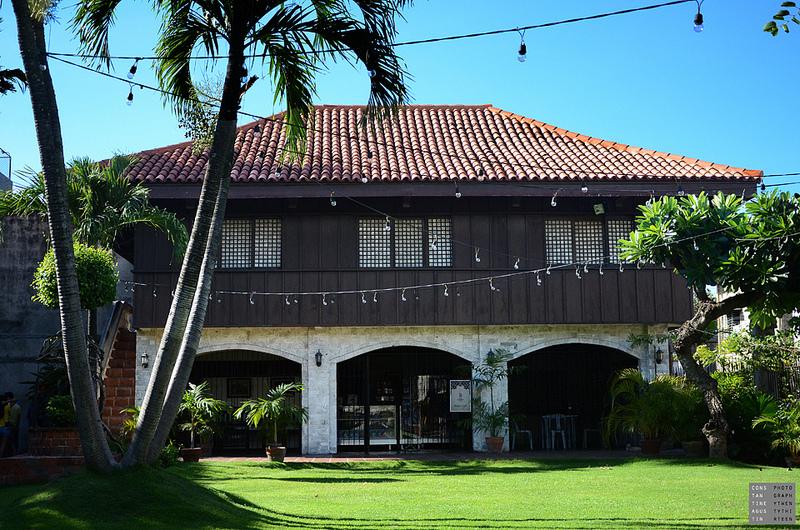
The Yap-Sandiego Ancestral House isn’t the only living museum in Cebu. The Casa Gorordo Museum, which showcases the life of a wealthy family in the late 1800s, may not be as old but it offers a much more immersive and informative experience.
The house itself was built in 1850 while the Gorordo family, from which it gets its name, moved into it in 1863. The Gorordos were a family of merchants who moved to Cebu from Spain, purchasing the house and going on to become one of the most wealthy and affluent families in the city. 4 generations lived in the house until it was turned into a museum in 1980.
It’s a Spanish house built in a neighbourhood originally intended for Chinese immigrants, and this mix of East and West is apparent in the architecture, with its tiled roof resembling more of a pagoda than anything European.
While the Yap-Sandiego Ancestral House is essentially just a replica of the original residence, Casa Gorordo is much more of a museum. It still has a similar display of rooms set up as they were in the 19th century, full of antique furniture and household belongings, but it also has a small theatre, interactive displays, even a cafe and gift shop.
So, if you’d like a deeper insight into what life was like for a rich Spanish family who moved across the world to a South East Asian colony, the Casa Gorordo Museum is well worth your time.
8 | Jesuit House
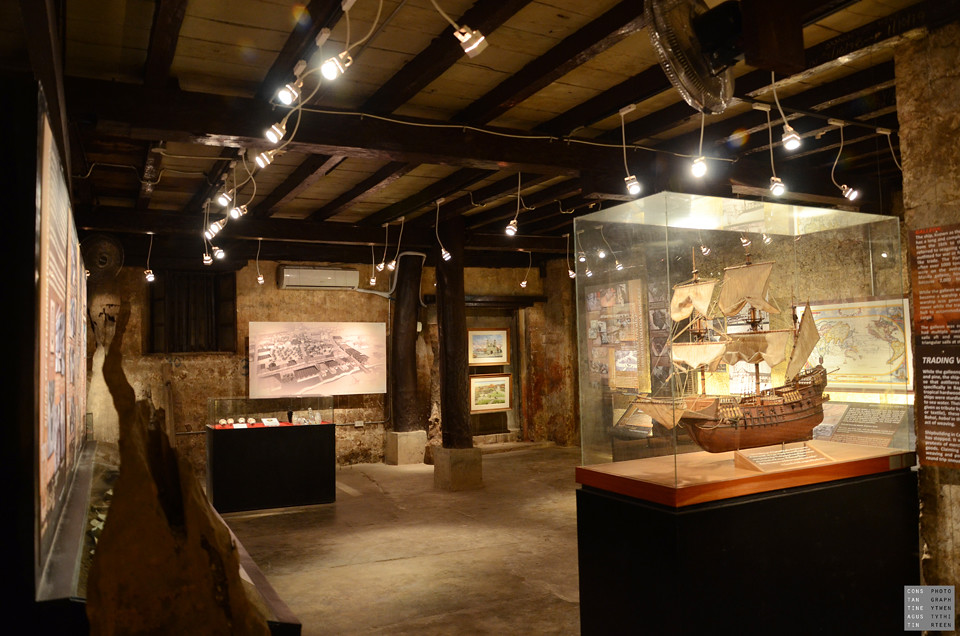
Just around the corner from the Heritage Monument and a handful of other places on this list is the Jesuit House Museum, a bit of a hidden gem of a museum.
Judging this place from the outside you would not expect it to be a museum or any other type of historical site. In fact, the first time I attempted to visit it was closed, and looking at the seemingly dilapidated old warehouse I just assumed google maps had the wrong location.
But inside this building, which was built as a house for a Jesuit priest in 1730, you’ll find a collection of historical artefacts going back centuries This is all thanks to a local man who inherited the property from his father and soon later, supposedly as he was reading through an old book on Jesuit priests, discovered the true origin of his father’s warehouse.
It may have ‘Jesuit’ in the name but the museum’s collection focuses very little on the religious order. Its collection is a real mix of artefacts, some relating to the house itself while others seemingly just random old things the owner could find. Among these, however, are some truly interesting finds, like an old diorama of a Spanish warship and 15th century coins from the Ming Dynasty.
The museum is a real treat and easy to visit in combination with the Yap-Sandiego Ancestral House and the Heritage Monument.
9 | Metropolitan Cathedral
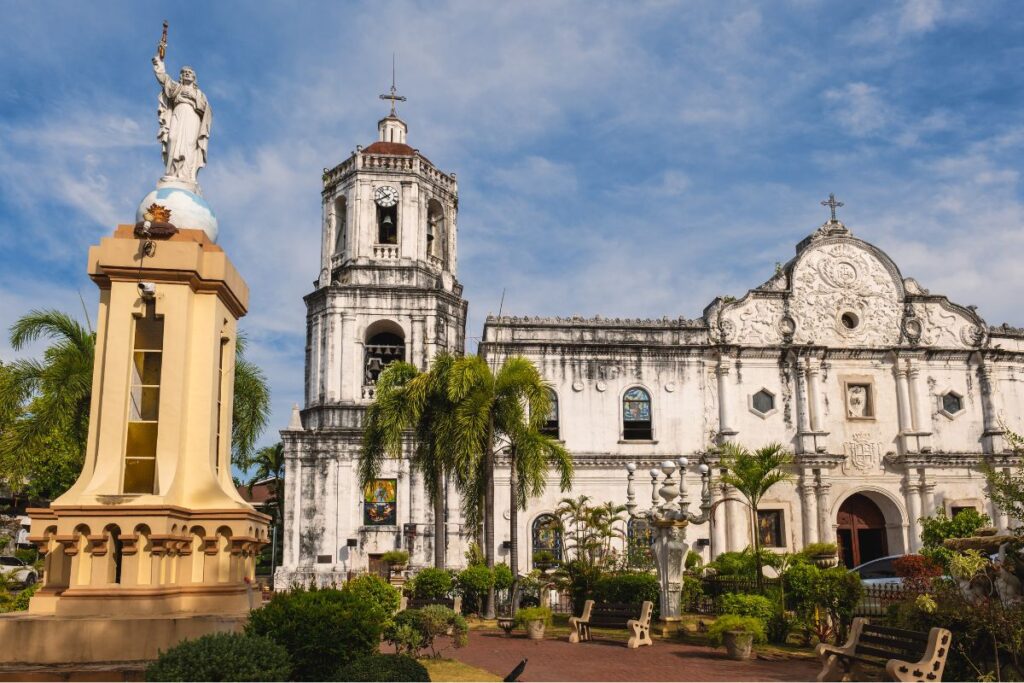
The 2nd oldest church in the country, right after Santo Nino Basilica, is the Metropolitan Cathedral and Parish of St Vitalis and of the Immaculate Conception. But naturally the locals just call it the Metropolitan Cathedral.
The original structure was built in 1565, within the first year of the Spanish arrival. Like almost all buildings in the early days of the colony, it was destroyed at least once before eventually, in the mid-1700s, it was re-built as the stone structure you see today.
The old church is found in downtown Cebu and is just as majestic as Santo Nino Basilica while offering a peaceful break from the city.
10 | Cathedral Museum
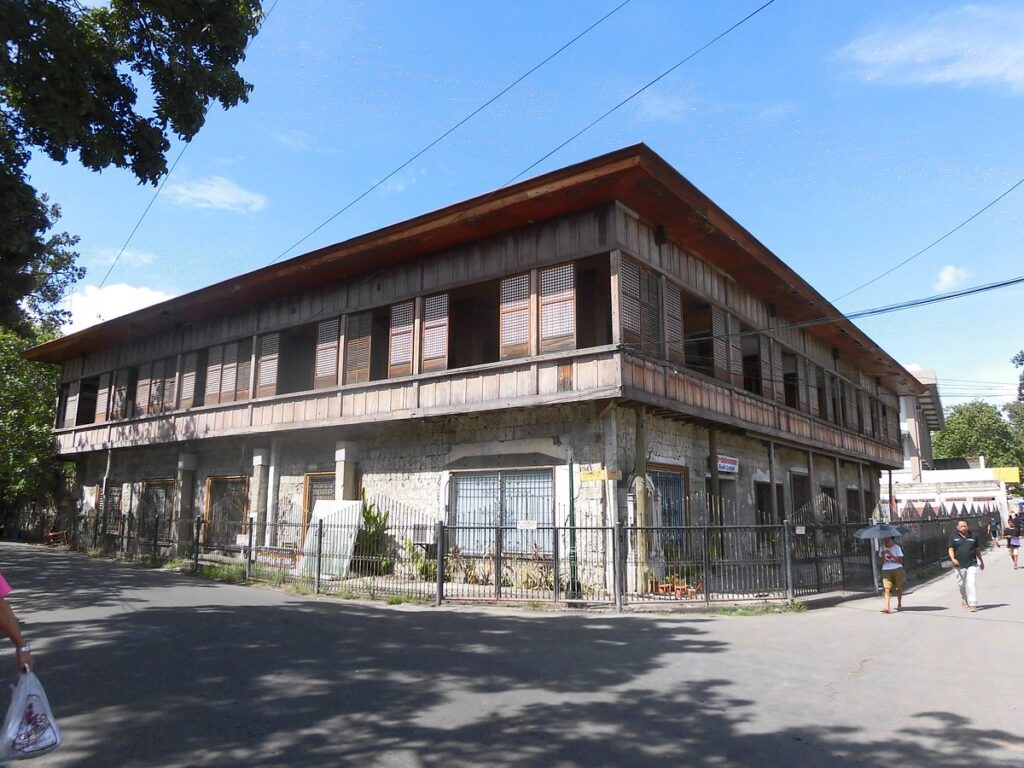
If you’re interested in religious history then you’ll want to head to downtown Cebu, right next door to the Metropolitan Cathedral, and visit the Cathedral Museum, also known as the Archdiocesan Museum.
The history of Catholicism in Cebu might not stand out as interesting to most, but given the significant role the Catholic church has played since the Spanish arrived, its history is tied in with the country’s.
The museum has 6 galleries, each dedicated to different aspects of religious history, such as the personal collection of a former Archbishop or the construction of churches in the region or a collection of old ceremonial tools used in a mass. Almost all the collections are from the Spanish era.
So if you’re interested in the development of Catholicism in Cebu from the colonial era to today, then I’d recommend you check out this museum in combination with the Metropolitan Cathedral.
Now that you’ve discovered the best historical places in Cebu, check out our related posts below…

